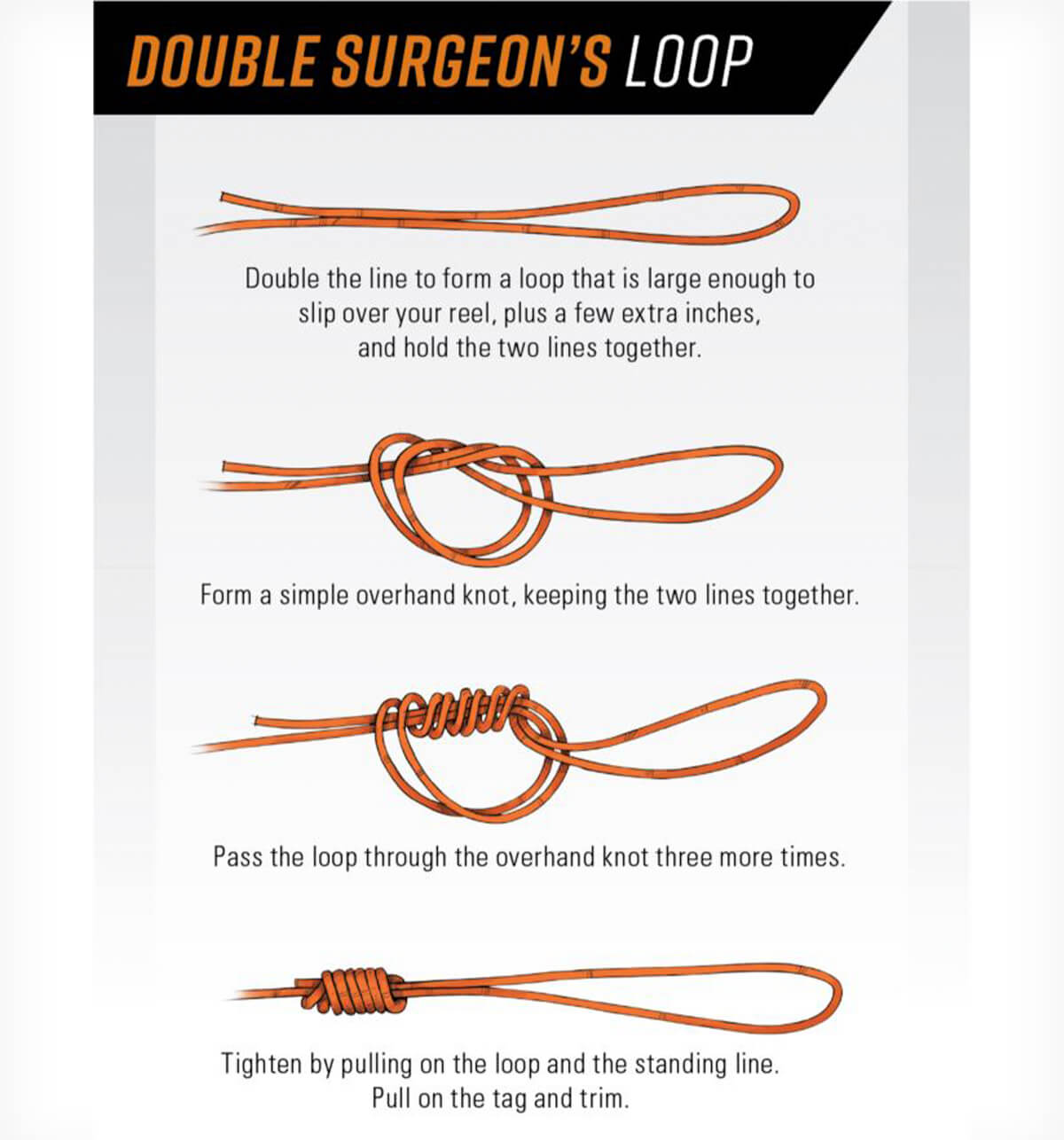Unlock the Stream Beginner Fly Tying
Ever stared at a fly fishing box, mesmerized by the intricate feathers and fibers? The art of fly tying might seem daunting at first, a realm of arcane knots and specialized tools. But what if crafting those tiny lures wasn't as complex as it appears? What if you could unlock the secrets of fly tying, even as a complete beginner?
For aspiring anglers, learning to tie flies opens up a whole new dimension to the sport. It's more than just creating bait; it's an act of creation, a deep dive into the entomology of the stream, and a path towards greater fishing success. This guide will demystify the process, providing a roadmap for novice fly tiers to start creating their own effective fishing flies.
The tradition of fly tying traces back centuries, with early examples utilizing natural materials like fur and feathers to mimic the insects fish feed on. Over time, techniques and materials evolved, leading to the sophisticated patterns we see today. The fundamental principle, however, remains unchanged: to craft an imitation realistic enough to fool a fish.
One of the biggest hurdles for beginners is often the perceived complexity of the process. The sheer variety of materials, tools, and patterns can be overwhelming. This guide focuses on simplifying these aspects, introducing essential beginner fly tying techniques and patterns that are both easy to master and effective on the water.
Beginning fly tiers often wonder where to start. This guide will address common questions, break down the basic tools and materials required, and provide step-by-step instructions for tying simple yet successful fly patterns. From the Wooly Bugger to the Elk Hair Caddis, you'll discover the satisfaction of crafting your own fishing lures and the thrill of catching fish on flies you tied yourself.
One of the key benefits of creating your own fishing lures is cost savings. Fly tying can be significantly cheaper than buying pre-tied flies, especially as your skills develop. Another advantage is the ability to customize your flies to match specific hatches and local water conditions. This level of control can significantly improve your fishing success. Finally, the process of fly tying itself is incredibly rewarding and can be enjoyed as a standalone hobby.
To get started, you'll need a basic fly tying kit which typically includes a vise, bobbin, thread, hooks, and some basic materials. A good beginner's guidebook or online tutorial is also recommended.
Here are a few simple fly patterns suitable for beginners: the San Juan Worm, a simple and effective pattern for trout; the Wooly Bugger, a versatile fly that can imitate a variety of aquatic insects; and the Elk Hair Caddis, a classic dry fly that mimics a caddisfly.
Advantages and Disadvantages of Tying Your Own Flies
| Advantages | Disadvantages |
|---|---|
| Cost-effective | Initial investment in tools and materials |
| Customization options | Time commitment to learn and practice |
| Rewarding hobby | Can be frustrating at first |
Tips and Tricks: Start with simple patterns. Practice good thread control. Don't be afraid to experiment. Join a local fly tying club or online forum for support and guidance.
In conclusion, fly tying for beginners is an attainable and rewarding pursuit. While it may seem complex at first glance, focusing on foundational skills and simple patterns can unlock a world of creativity and fishing success. By embracing the learning process, experimenting with materials, and connecting with the rich history of this craft, you can transform from a novice fly tier into a skilled artisan, crafting lures that are both effective and beautiful. This rewarding hobby not only enhances your fishing experience but connects you with a tradition that spans generations. So gather your materials, tie that first knot, and embark on a journey that blends artistry, angling, and the quiet satisfaction of creating something truly special with your own hands. The stream awaits.
Witnessing glory your guide to the us olympic track field trials
The enduring enigma of the michael myers mask
Decoding the sleeveless style what are no sleeve shirts called














